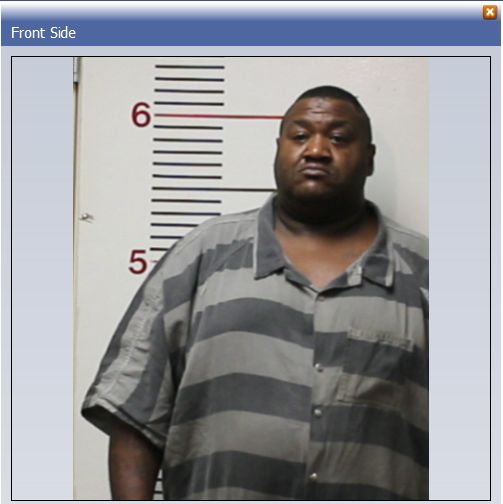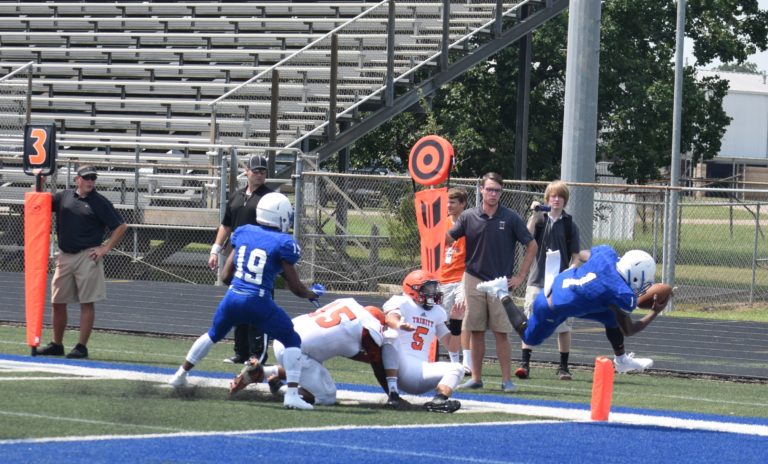Grapeland Urgent Care Warns of Seriousness of Snake Bites

By Sarah Naron
Messenger Reporter
GRAPELAND – As the weather continues to warm and summer draws nearer to East Texas, Joe Tumalad, a nurse practitioner at Grapeland Urgent Care, is encouraging residents of the local area to be on the lookout for snakes while enjoying outdoor activities.
“There’s four types of snakes that are common in East Texas that are poisonous,”Tumalad said. “You’ve got your copperhead, the coral snake, the rattlesnake and the water moccasin. They’re all out there right now.”
According to Tumalad, all of the aforementioned snake species are commonly found near water. By allowing debris to collect in their yards, residents are also opening themselves up to the risk of inviting snakes to share their territory.
Tumalad said that of the approximately 700,000 snakebites that occur annually throughout the state of Texas, roughly one in 500 prove to be fatal. Many snakebites, Tumalad added, are dry bites, meaning that no venom is actually injected into the victim.
“If you do get bitten by a snake, the first thing you need to do is keep calm – which is, I guess, kind of hard,” Tumalad said. “And the second thing is, any part of your body – do not elevate them. Place them below your heart level.”
The bite should be washed thoroughly with soap and water, Tumalad said. No attempts should be made to suck out venom or apply a tourniquet to the affected limb.
“Make sure you remove any kind of watches, jewelry and things like that,” Tumalad cautioned. “Your hands will swell up, and if you have any jewelry, that’s going to get stuck.”
Snakebites, Tumalad said, are likely to cause pain and a burning sensation for the first 15 to 30 minutes after occurring.
Those who have been bitten by a snake should make their way to an emergency room as quickly as possible, Tumalad said.
According to Tumalad, emergency room physicians will likely observe the victim for further reactions to determine if antivenin is necessary.
“If it is not, make sure that your tetanus is up to date,” he continued. “And then, they’ll probably go ahead and put you on antibiotics in case you have a secondary bacterial infection like staph.”
Tumuaad recommended donning protective clothing such as boots and gloves when venturing into areas of high grasses.
Pet owners are urged to keep an eye on their animals while in areas when they may come in contact with snakes.
Tumuaad discouraged making attempts to chase and capture the snake responsible following a bite.
“Keep an eye on their colors; their appearance so you can describe that when you go to the emergency room,” he said.
Snakebites are something which Tumulad has commonly dealt with throughout his career.
“When I worked in the emergency room, it was very common in summertime,” he said. “Walking around the bayous – a lot of time, it happens. Putting your hand in some kind of hole in the ground is not a good idea. That happens a lot more than we think.”
In his experience, Tumalad recalled only one snakebite which required antivenin.
“There’s only a few facilities that have antivenin,” he said. “If you’re going to go to the hospital, make sure that hospital is big. They probably have antivenin. If you go to a smaller hospital, sometimes, they don’t have one. So, that probably will save you time – if you go directly to the big facility.”
As Tumalad pointed out, snakes are plentiful during East Texas summers.
“They’re out everywhere,” he pointed out. “It could be at your front door, it could be in your garage, it could be in your back yard. It could be anywhere, looking for food.”







5